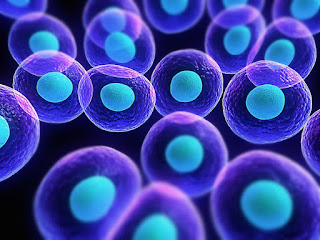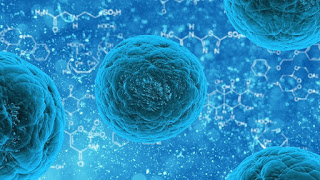Image courtesy: bioedge.org
I have been getting mails about stem cell cure for cerebral palsy and other developmental disorder. I decided to do a bit of research and write about it.
Image courtesy: assymmetrex.com
What is a stem cell?
A stem cell is a primitive cell that has the potential to develop into a range of cell types and form different tissues. Stem cell therapy has been mentioned as a therapeutic option for a diverse group of diseases such as cancer, Parkinson, and muscular dystrophy. Stem cell therapy involves introducing stem cells into patients to replace damaged tissues. Stem cells have the ability to renew themselves by dividing.
There are 2 main types of stem cells:
A stem cell is a primitive cell that has the potential to develop into a range of cell types and form different tissues. Stem cell therapy has been mentioned as a therapeutic option for a diverse group of diseases such as cancer, Parkinson, and muscular dystrophy. Stem cell therapy involves introducing stem cells into patients to replace damaged tissues. Stem cells have the ability to renew themselves by dividing.
There are 2 main types of stem cells:
Image courtesy: genengnews.com
• Embryonic stem cells that are found in the very early embryo. These cells have the potential to develop into all the different tissues and organs that the developing embryo will need as it matures.
Image courtesy: nocamels.com
• Adult stem cells that are found in the tissues of humans who have matured beyond the embryonic stage (that is, in the tissues of fetuses, infants, children and adults). The function of adult stem cells is to supply new cells for repairing tissues; for example, bone marrow stem cells develop into blood cells.
There are various ongoing researches by Scientists to develop stem cell therapies for the replacement or repair of damaged tissues such as nerves, muscle and other parts of the body.
What diseases and conditions can be treated with stem cells?
What diseases and conditions can be treated with stem cells?
Image courtesy: blog.lifecell.in
The most well-established and widely used stem cell treatment is the transplantation of blood stem cells to treat diseases and conditions of the blood and immune system, or to restore the blood system after treatments for specific cancers and muscular dystrophy. The US National Marrow Donor Program has a full list of diseases treatable by blood stem cell transplant.
Since the 1970s, skin stem cells have been used to grow skin grafts for patients with severe burns on very large areas of the body. A new stem-cell-based treatment to repair damage to the cornea (the surface of the eye) after an injury like a chemical burn, called Holoclar, has recently received conditional approval in Europe
Image courtesy: advancells.com
Stem cell and cerebral Palsy
According to Eurostemcell.com fact sheet, stem cell therapy cannot treat infants nor anyone else who lives with CP, as research into stem cell therapy is still in the laboratory and clinical trial phase. Experts speculate that once the research is out of its clinical trial stages, patients will probably need accompanying forms of treatment as well, such as physical therapy and Occupational therapy.
According to Eurostemcell.com fact sheet, stem cell therapy cannot treat infants nor anyone else who lives with CP, as research into stem cell therapy is still in the laboratory and clinical trial phase. Experts speculate that once the research is out of its clinical trial stages, patients will probably need accompanying forms of treatment as well, such as physical therapy and Occupational therapy.
Image courtesy: advancells.com
Stem cell and Autism
Research is still ongoing and seems to be studying the causes and no conclusive treatment approach has been put forward.
Patients researching their options may come across companies with Web sites that say otherwise and offer fee-based stem cell treatments. Many of these claims are not supported by sound scientific evidence and patients are encouraged to review some of the links below before making crucial decisions about their treatment plan.
Parents are advised to visit government owned research websites and not private clinic researches.
For further reading:







No comments:
Post a Comment